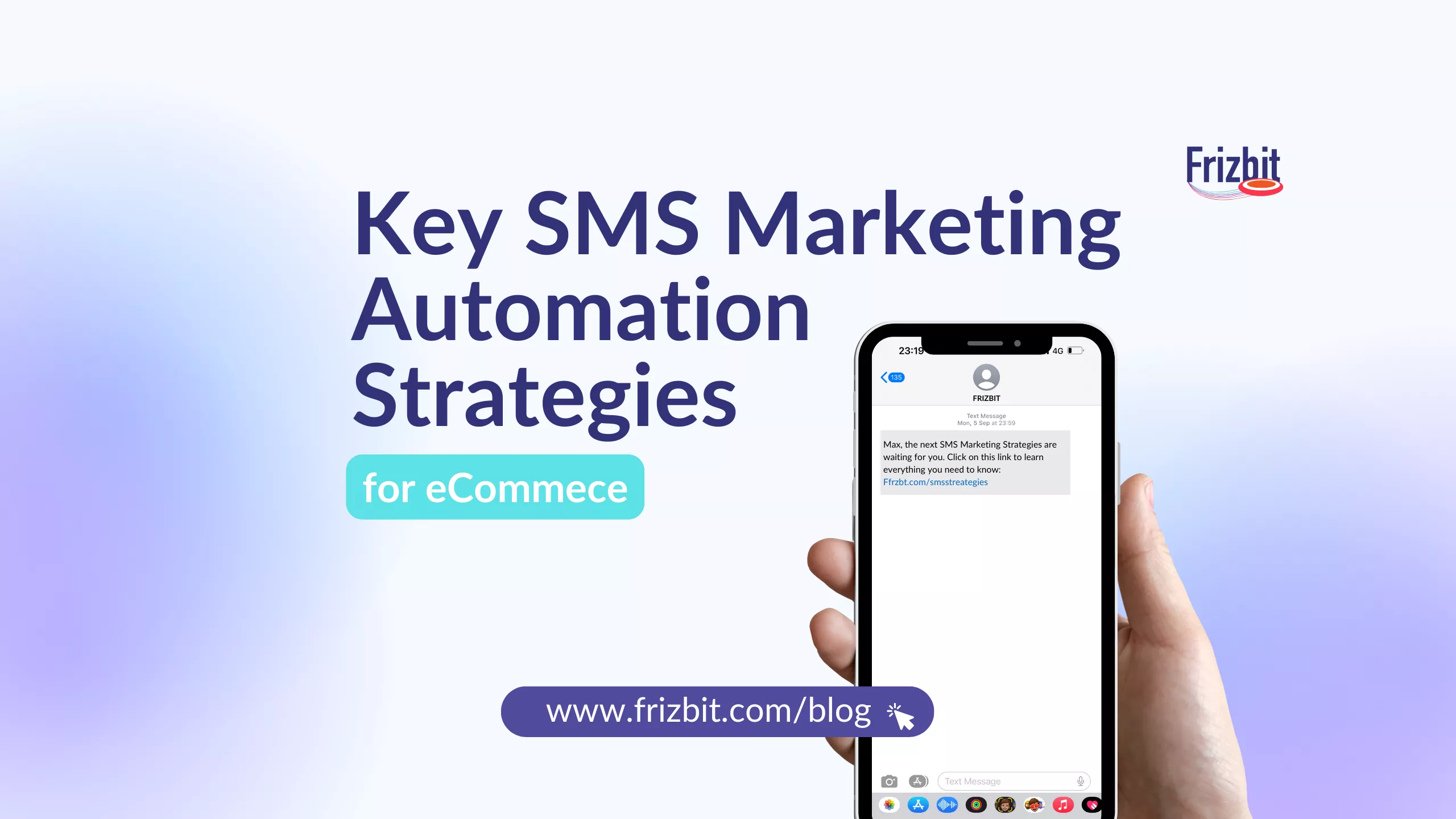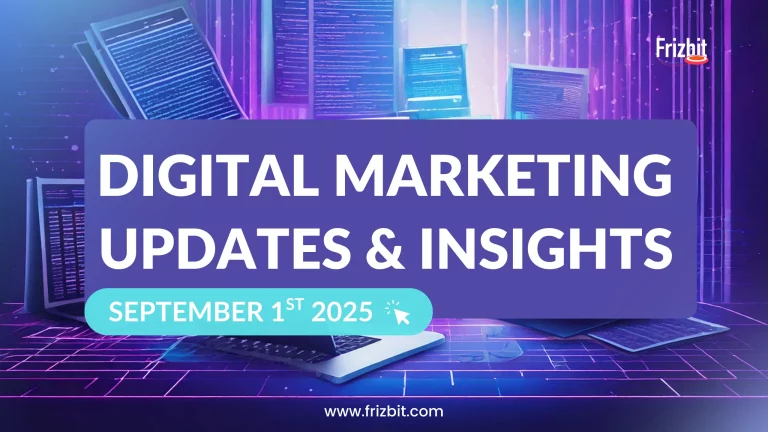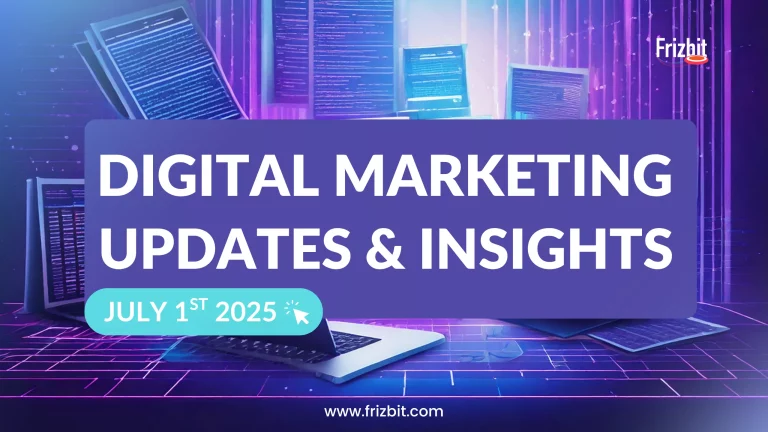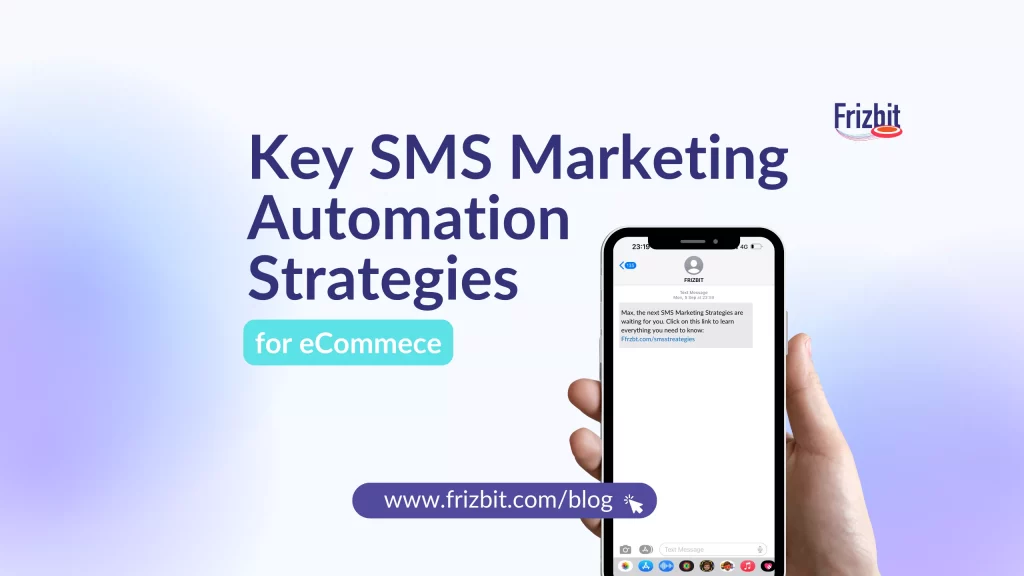
Let’s face it: the eCommerce world is noisy. Emails pile up, social media feeds scroll endlessly, and ad blockers are everywhere. So, why would you add another channel to contribute to the buzz, right? We get it.
If we talk about SMS, the most immediate thoughts might be going around things like: “Oh, but it’s too invasive”, and just like that, you are losing customers that could be ready to purchase from your store.
SMS, however, have nothing to do with being invasive – if you are targeting someone who’s actually interested in your product. And that’s exactly where learning the key SMS marketing automation strategies to leverage this channel become so relevant
SMS automated marketing could be in fact, its own selling system to recover lost sales, efficiently.
Why? Because when that ‘ping’ goes off, we can’t help but look. It’s immediate, it’s offline, and it’s –literally, at the fingertips of your client. And for eCommerce businesses, that’s pure gold.
In this guide, we’re diving deep into the world of SMS marketing automation. We’ll show you how to turn those little text messages into powerful sales drivers for your eCommerce business.
Why SMS Marketing Automation is Your eCommerce Secret Weapon
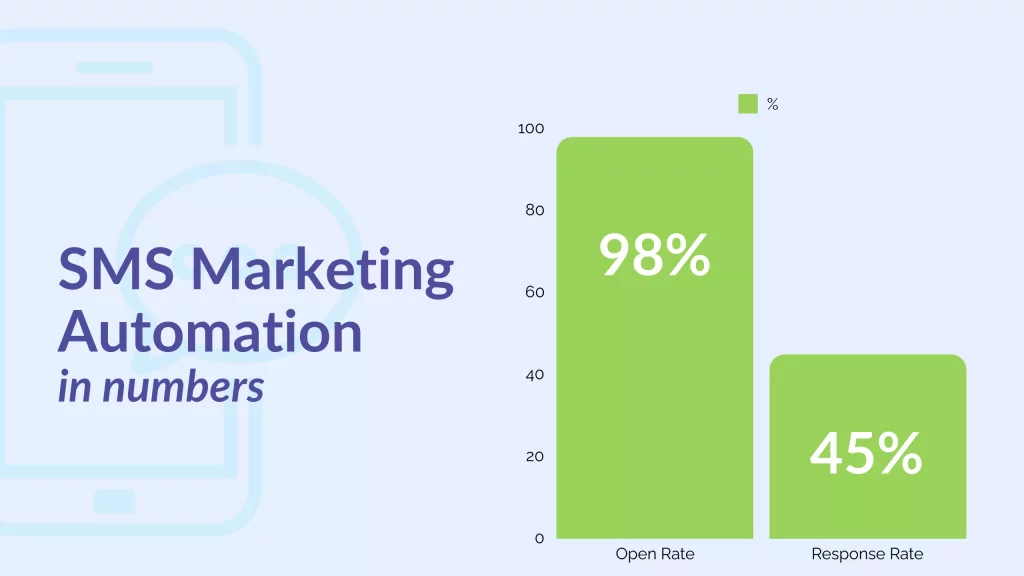
Picture this: You send out an email. It might get opened. Maybe. If it doesn’t land in the spam folder. Or get buried under a mountain of other emails.
Now, imagine sending a text. Ping. Phone out. Message read. Almost instantly.
That’s the power of SMS marketing. And when you add automation to the mix? You’ve got a recipe for eCommerce success that’s hard to beat.
Here’s the kicker: SMS messages have open rates as high as 98%. And people aren’t just opening them; they’re acting on them, with response rates up to 45%. But it’s not just about bombarding people with texts. It’s about sending smart, timely, personalised messages that feel less like marketing and more like a helpful nudge from a friend.
“Hey, you left something in your cart. Want to complete your purchase?” or “Psst… that item you’ve been eyeing is now on sale!” or “Thanks for your purchase! Here’s a special discount on your next order.”
That’s automated SMS marketing in action. It’s like having a sales team that works 24/7, never gets tired, and always knows exactly what to say and when to say it.
Understanding SMS Marketing Automation
This is the core concept we’re explaining. SMS marketing automation is a strategy that uses technology to send text messages to customers in a systematic, efficient way.
SMS marketing automation involves using SMS marketing software and SMS marketing platforms to send targeted messages to customers based on specific triggers and/or schedules.
Here’s what this means:
- SMS marketing software/platforms: These are specialised tools designed for sending bulk SMS messages. They often integrate with eCommerce platforms, CRM systems, and other marketing tools.
- Targeted messages: Unlike mass texting, these messages are tailored to specific customer segments or individuals based on their behaviour, preferences, or demographics.
- Specific triggers: These are events or actions that prompt the system to send a message. For example:
- A customer abandons their shopping cart
- A product a customer viewed is back in stock
- It’s the customer’s birthday
- Schedules: This refers to messages sent at predetermined times, like:
- A weekly sale announcement every Thursday
- A reminder about an upcoming event 3 days before it happens
- An automated message schedule to be sent after the product is added to cart
Now, let’s dive into the benefits this approach offers:
- Deliver personalised content at scale
- Personalisation: Messages can include the customer’s name, reference their past purchases, and/or mention products they’ve shown interest in.
- Scale: This can be done for thousands of customers simultaneously, something that would be impossible to do manually.
- Respond to customer actions in real-time
- Real-time: Messages can be sent instantly when a trigger occurs.
- Customer actions: These could be website visits, purchases, abandoned carts, etc.
- Example: If a customer adds an item to their cart but doesn’t purchase, they might receive a text within an hour reminding them to complete their purchase.
- Save time and resources on manual campaign management
- Time-saving: Once set up, these systems run with minimal human intervention.
- Resource efficiency: It reduces the need for large teams to manage communication with customers.
- Campaign management: Includes tasks like segmenting customers, crafting messages, scheduling sends, and analysing results.
- Improve customer engagement and conversion rates
- Engagement: Timely, relevant messages are more likely to be read and acted upon.
- Conversion rates: By reaching customers at the right moment with the right message, you’re more likely to drive sales.
- Example: A well-timed discount offer sent to a customer who just browsed a product could prompt them to make a purchase they were on the fence about.
In essence, SMS marketing automation allows eCommerce businesses to communicate with their customers more effectively and efficiently, leading to better relationships and increased sales.
It’s about sending the right message to the right person at the right time, all while minimising the manual effort required to do so.
Key SMS Marketing Automation Strategies for eCommerce
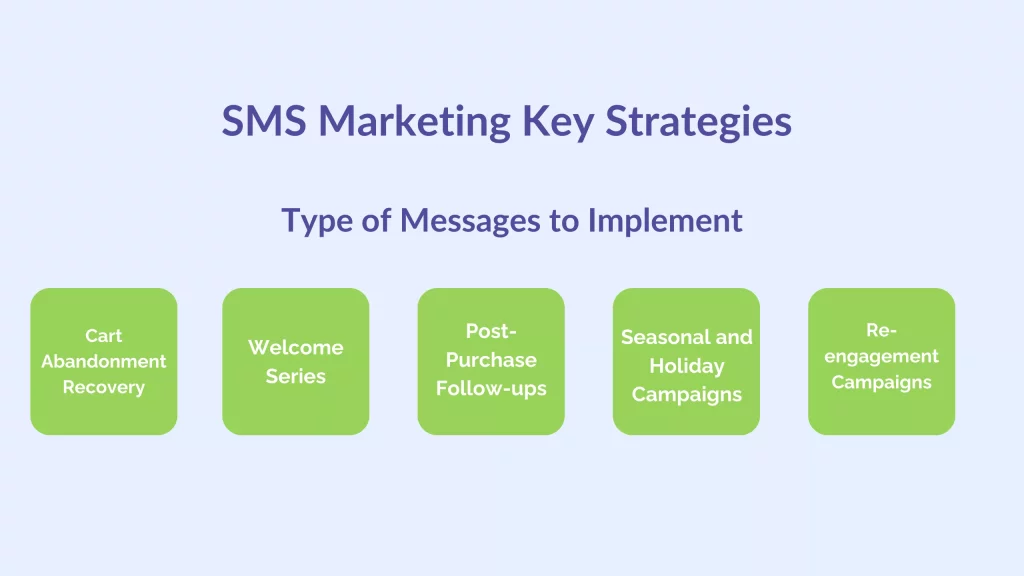
1. Cart Abandonment Recovery
Cart abandonment recovery is a crucial strategy in eCommerce SMS marketing automation. At Frizbit, we’ve developed a strategic approach:
- Trigger: Customer adds a product to cart but doesn’t complete the purchase
- First SMS: Sent 30 minutes to 1 hour after abandonment, ensuring the customer is still active
- Follow-up SMS: Sent exactly 24 hours later, targeting the customer at the same time they were previously active, relying on purchasing behaviour.
Pro Tip: This 24-hour timing is intentional, aiming to identify and leverage customer behaviour patterns for maximum engagement.
The logic behind this strategy is rooted in understanding customer behaviour. The initial message catches the customer while their interest is still fresh, potentially overcoming any immediate obstacles to purchase. The 24-hour follow-up capitalises on daily routines, reaching out when the customer is likely to be in a similar mindset as the previous day.
This, of course, varies depending on the product sold and the industry, but is one of our strategies when it comes to SMS automated marketing.
Example sequence:
- First SMS (30 minutes after abandonment): “Still thinking about that new camera in your cart? Don’t miss out on our limited 10% discount! Complete your purchase now: [link]”
- Follow-up SMS (24 hours later): “Your Canon EOS R5 is waiting! Hurry, only 2 left in stock. Secure yours now with free next-day delivery: [link]”
2. Welcome Series
A welcome series is your opportunity to make a strong first impression and set the tone for your customer relationship.
- Initial message: Thank the customer for signing up and offer a welcome discount
- Follow-up messages: Introduce your brand, showcase popular products, and provide valuable content
The Why you should implement it: here is to build a connection with the customer immediately, provide value, and gently guide them towards their first purchase.
Example sequence:
- Sign-up confirmation: “Welcome to FashionFizz! Enjoy 15% off your first order with code WELCOME15. Shop now: [link]”
- Brand introduction (2 days later): “At FashionFizz, we believe style is personal. Discover our curated collections: [link]”
- Product showcase (4 days later): “Trending now: Our top 5 summer essentials. Which is your favourite? [link]”
3. Post-Purchase Follow-ups
Post-purchase follow-ups are crucial for enhancing customer satisfaction, encouraging repeat purchases, and identifying potential for upsells or cross-sells.
This strategy goes beyond simple transactional messages; it’s about nurturing the customer relationship and gathering valuable data for future marketing efforts.
- Order confirmation and updates: Provide peace of mind and build trust by keeping customers informed about their purchase status.
- Review requests: Encourage customer feedback to improve your products and services, while also generating social proof for potential buyers.
- Cross-sell and upsell opportunities: Offer complementary products based on purchase history, enhancing the customer’s experience with your brand.
Example sequence with Why you should implement it: :
- Order confirmation (Immediate): “Thanks for your order #12345! Your new running shoes will be with you soon. Track your package: [link]”
Why you should implement it: Immediate confirmation reduces post-purchase anxiety and provides a positive customer experience. - Shipping update (When shipped): “Great news! Your order #12345 is on its way. Estimated delivery: [date]. Excited? We are!”
Why you should implement it: Keeping customers informed builds trust and reduces support inquiries. - Delivery confirmation (1 day after estimated delivery): “We hope you’re enjoying your new running shoes! Got any questions? We’re here to help: [customer service link]”
Why you should implement it: This message ensures the product was received and opens a channel for any immediate concerns. - Review request (1 week after delivery): “How are those new running shoes treating you? Share your experience and help others find their perfect fit: [review link]” Why you should implement it: Timing this request allows the customer to use the product before providing feedback, leading to more detailed and helpful reviews.
- Cross-sell opportunity (2 weeks after delivery): “Enhance your running experience! Our moisture-wicking socks are the perfect companion for your new shoes. Get 10% off: [link]”
Why you should implement it: This message identifies a potential need based on the previous purchase, offering a relevant product to improve the customer’s overall experience.
By implementing this sequence, you’re not just confirming a sale – you’re building a relationship, gathering valuable feedback, and identifying opportunities for future sales.
Each message serves a specific purpose in the customer journey, from reassurance to engagement to expansion of their relationship with your brand.
4. Seasonal and Holiday Campaigns
Seasonal and holiday campaigns are excellent opportunities to drive sales by tapping into the festive spirit and shopping trends. These campaigns require careful planning and execution to stand out in a crowded market.
- Create urgency with limited-time offers
- Send reminders about upcoming holidays or events
- Offer exclusive deals to SMS subscribers
Black Friday and Cyber Monday Example Campaign:
- Pre-event build-up (1 week before): “Black Friday is coming! Be the first to know about our biggest deals. Reply YES to get early access.”
Why you should implement it: : This message creates anticipation and encourages opt-ins for further communication. - Early access notification (2 days before): “Early access granted! Shop our Black Friday deals now, before they’re gone: [link] Use code EARLYBIRD for an extra 5% off!”
Why you should implement it: : Rewards engaged customers and creates a sense of exclusivity. - Black Friday morning: “🚨 Black Friday is HERE! 🚨 Massive savings up to 70% off. Shop now before your favourites sell out: [link]”
Why you should implement it: : Creates urgency and highlights the exceptional nature of the offers. - Black Friday evening: “Last chance for Black Friday deals! Some items already sold out. Grab yours now: [link]”
Why you should implement it: : Leverages scarcity to prompt action from hesitant shoppers. - Cyber Monday morning: “Black Friday may be over, but Cyber Monday is just beginning! New deals added hourly. Start shopping: [link]”
Why you should implement it: : Maintains momentum and introduces fresh offers to re-engage customers. - Cyber Monday afternoon: “Flash sale! Extra 10% off all electronics for the next 2 hours. Use code CYBERFLASH at checkout: [link]”
Why you should implement it: : Creates urgency with a time-limited offer, encouraging immediate action. - Campaign wrap-up (Day after Cyber Monday): “Thanks for shopping with us this Black Friday and Cyber Monday! Missed out? Our Holiday Sale starts next week!” Why you should implement it: : Shows appreciation and teases the next sale, keeping customers engaged.
This campaign leverages the urgency and excitement of Black Friday and Cyber Monday while providing multiple touchpoints to capture different shopping behaviours.
The use of specific times, countdown language, and exclusive offers creates a compelling narrative that encourages action throughout the event.
5. Re-engagement Campaigns
Re-engagement campaigns are crucial for winning back inactive customers and reviving dormant past clients. These campaigns require a delicate balance of persistence and value offering.
- Segment your list based on last purchase date
- Send personalised offers to encourage another purchase
- Share new product launches or updates that might interest them
Example re-engagement sequence using hyper-personalisation:
- Initial re-engagement (3 months after last purchase):
“Hi {FirstName}, we miss you! It’s been a while since your last visit to {StoreName}. Check out our new arrivals: {NewArrivalsLink}”
Why you should implement it: : Personalised greeting reminds the customer of their relationship with your brand and piques interest with new products. - Personalised offer (1 week later if no engagement):
“{FirstName}, we’ve got something special for you! Enjoy 20% off your favourite category {FavouriteCategory} this week. Shop now: {PersonalisedLink}”
Why you should implement it: : Uses past purchase data to create a targeted offer in the customer’s area of interest. - New product launch (2 weeks later): “Just launched: Our new {ProductType} collection! As a valued customer, get early access and 15% off. Use code WELCOME BACK at checkout: {NewCollectionLink}”
Why you should implement it: : Combines the excitement of a new launch with an exclusive offer to make the customer feel valued. - Final attempt (1 month later):
“We want you back, {FirstName}! Is there anything we can do better? Reply to this message with your feedback, and we’ll send you a {DiscountAmount} voucher as a thank you.”
Why you should implement it: : Shows genuine interest in the customer’s opinion, potentially providing valuable feedback while offering an incentive for re-engagement.
Let’s talk about hyper-personalisation:
In these examples, {FirstName}, {StoreName}, {FavouriteCategory}, {ProductType}, and {DiscountAmount} are dynamic fields that would be populated with personalised information for each recipient. This level of personalisation significantly increases the relevance and effectiveness of the messages.
Best Practices for SMS Marketing Automation
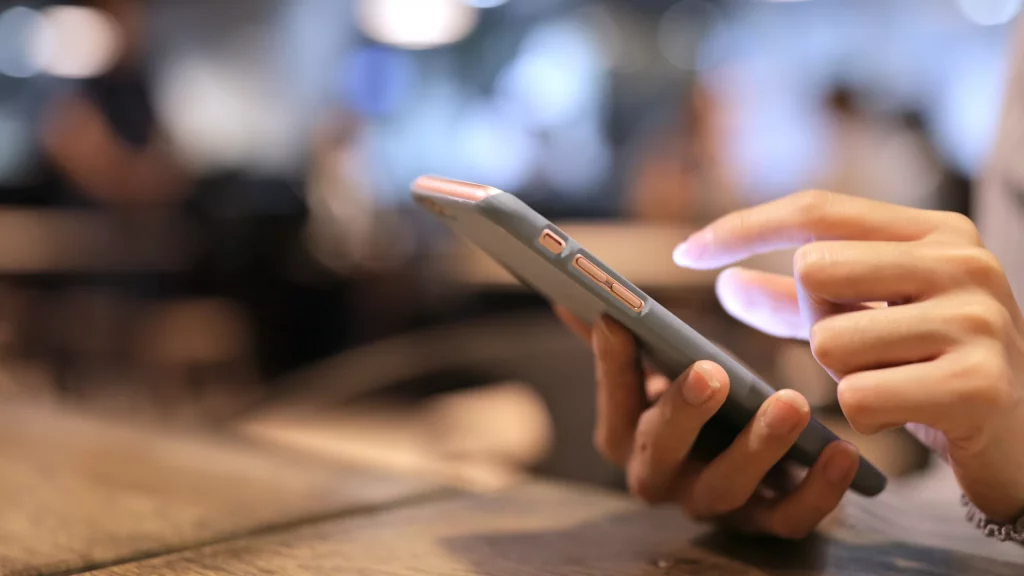
To maximise the effectiveness of your SMS marketing automation campaigns:
- Obtain explicit consent: Always get permission before sending marketing messages. Example: Use a double opt-in process where customers confirm their subscription via a reply SMS.
Importance: This not only ensures compliance with regulations but also improves engagement rates by targeting only interested customers. - Provide value: Ensure each message offers something useful or relevant to the recipient.
Example: “Exclusive for SMS subscribers: 24-hour early access to our summer sale! Shop now: [link]”
Importance: Valuable content keeps subscribers engaged and reduces unsubscribe rates. - Timing is key: Be mindful of when you’re sending messages. Avoid late night or early morning texts.
Example: Schedule promotional messages for lunch hours or early evening, when people are more likely to be checking their phones.
Importance: Proper timing increases open rates and reduces the risk of annoying customers. - Personalise your messages: Use customer data to tailor your messages for maximum relevance.
Example: “Hi {FirstName}, based on your recent purchase of {LastItemBought}, we think you’ll love our new {RelatedItem}!” Importance: Personalisation increases engagement and conversion rates by making messages more relevant to each recipient. - Keep it concise: SMS has limited characters, so make your point quickly and clearly.
Example: Instead of “We’re having a sale on all summer items including t-shirts, shorts, and swimwear. Visit our store to see all the great deals!”, use “Summer sale now on! Up to 50% off all seasonal items. Shop now: [link]”
Importance: Concise messages are more likely to be read fully and acted upon. - Include clear CTAs: Every message should have a clear, actionable next step for the recipient.
Example: “Flash sale: 30% off all shoes for the next 4 hours! Use code FLASH30 at checkout: [link]”
Importance: Clear CTAs guide customers on what to do next, increasing the likelihood of conversion. - Test and optimise: Continuously analyse your campaign performance and refine your strategies.
Example: A/B test different message formats, timings, or offers to see which performs best.
Importance: Regular testing and optimisation ensure your campaigns remain effective over time as customer preferences change.
Choosing the Right SMS Marketing Tools and Services
Selecting the right SMS marketing tools and SMS marketing services is crucial for the success of your automation strategies. Here’s what to consider:
- Integration capabilities: Ensure the platform integrates seamlessly with your e-commerce system and other marketing tools. This allows for a unified approach to customer data and campaign management.
- Automation features: Look for advanced triggering options, segmentation capabilities, and customisable workflows. The ability to create complex, multi-step campaigns based on customer behaviour is key to sophisticated SMS marketing.
- Analytics and reporting: Choose a platform that offers detailed insights into campaign performance and ROI. Look for features like click tracking, conversion attribution, and A/B testing capabilities.
- Compliance features: Opt for tools that help you adhere to SMS marketing regulations and best practices. This includes easy opt-out mechanisms, consent management, and data protection measures.
- Scalability: Select a solution that can grow with your business needs. Consider factors like message volume limits, API access for custom integrations, and pricing models that accommodate growth.
- Cross-channel capabilities: While focusing on SMS, consider platforms that offer integration with other channels like email, push notifications, and social media for a cohesive marketing strategy.
- Customer support and resources: Look for providers that offer robust customer support, training resources, and potentially strategic guidance to help you make the most of your SMS marketing efforts.
When evaluating options, it’s worth considering expert solutions. As specialists in cross-channel marketing automation, Frizbit offers a comprehensive platform that integrates SMS with other crucial marketing channels, like web push notifications, email marketing, WhatsApp marketing and product recommendation.
Our expertise in creating personalised, timely, and relevant customer journeys across multiple touchpoints can significantly enhance your marketing effectiveness.
Remember, the goal is not just to find a tool that sends SMS messages, but a partner that can help you create impactful, data-driven marketing strategies that drive real results for your eCommerce business.
Measuring Success in SMS Marketing Automation
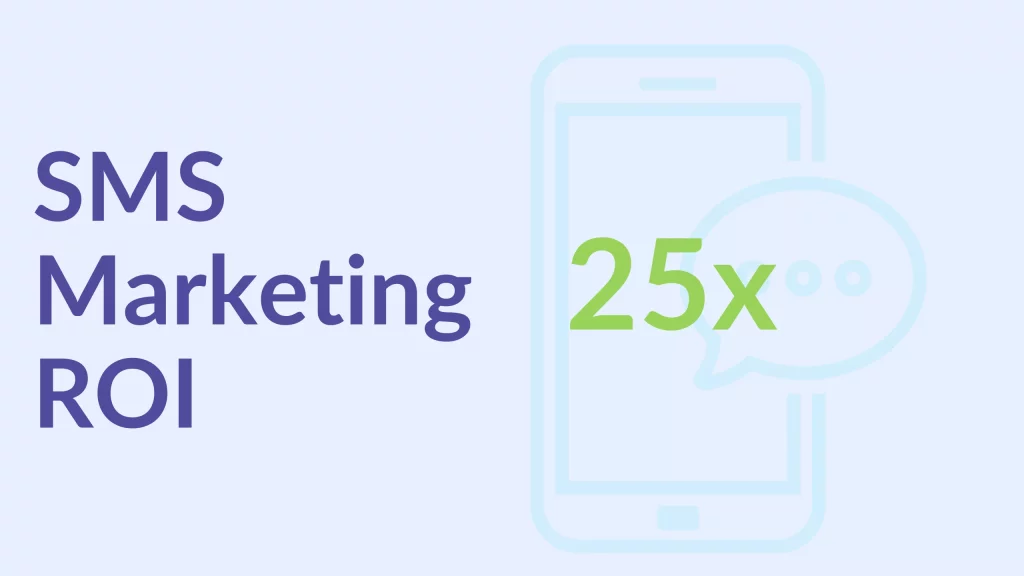
To ensure your SMS marketing service is delivering results, track these key metrics:
- Delivery rate: The percentage of messages successfully delivered to recipients
- Open rate: While not always trackable for SMS, some advanced tools can provide this insight
- Click-through rate (CTR): For messages containing links
- Conversion rate: The percentage of recipients who complete the desired action
- ROI: The overall return on investment for your SMS campaigns
According to a recent study, eCommerce brands implementing SMS marketing saw an average ROI of 25x, demonstrating the potential of this channel when used effectively.
Overcoming Challenges in SMS Marketing Automation
While SMS marketing automation offers numerous benefits, it’s not without challenges. Here are some common hurdles and how to address them:
- Maintaining compliance: Stay up-to-date with SMS marketing regulations and always provide easy opt-out options.
- Avoiding spam perception: Focus on quality over quantity and ensure your messages provide real value.
- Managing costs: Optimise your campaigns to target the most engaged subscribers and limit unnecessary messages.
- Standing out in a crowded inbox: Use personalisation and timing to make your messages relevant and welcome.
Future Trends in SMS Marketing Automation
As technology evolves, so does the potential of SMS marketing automation. Keep an eye on these emerging trends:
- AI-powered personalisation: More sophisticated algorithms will enable hyper-personalised messaging.
- Rich media SMS: The ability to include images and videos directly in SMS messages.
- Integration with other channels: Seamless omnichannel experiences combining SMS with email, push notifications, and more.
- Enhanced analytics: More detailed insights into customer behaviour and campaign performance.
Conclusion: Harnessing the Power of SMS Marketing Automation
SMS marketing automation strategies for e-commerce offer a powerful way to connect with customers, drive sales, and build brand loyalty.
By leveraging the right SMS marketing platforms and implementing strategic campaigns, e-commerce businesses can significantly boost their marketing ROI.
Remember, the key to success lies in providing value, respecting customer preferences, and continuously optimising your approach based on data and insights.
As you implement these strategies, you’ll be well-positioned to unlock the full potential of SMS marketing automation for your eCommerce business.
Ready to take your eCommerce marketing to the next level?
Explore how Frizbit’s SMS marketing automation solutions can help you implement these strategies and drive unprecedented growth for your business. Enquire a free demo with our team of experts.
